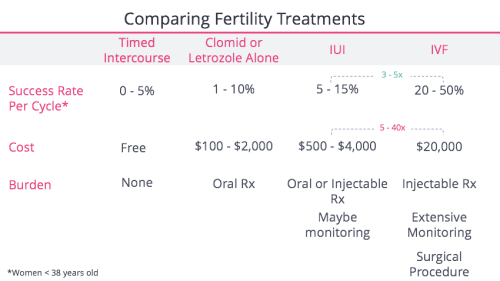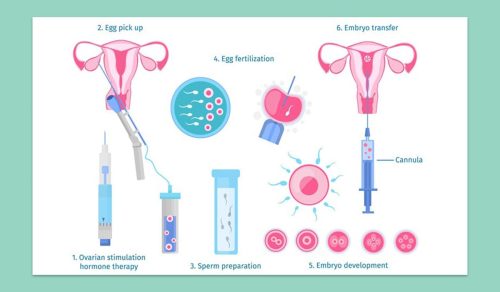How Much Does IVF Cost in Texas?
If you’re thinking about starting a family through in vitro fertilization (IVF), one of the first questions that pops up is probably, “How much is this going to cost me?” It’s a big deal, right? IVF can be a life-changing step, but it’s no secret that it comes with a hefty price tag. Living in Texas, you might be wondering how the costs stack up here compared to other places, what factors play into the final bill, and how you can make it work for your budget. Don’t worry—I’ve got you covered. This guide dives deep into everything you need to know about IVF costs in Texas, with practical tips, real-world insights, and a few surprises that most people don’t talk about.
IVF isn’t just a medical procedure; it’s a journey. And in Texas, that journey comes with its own unique twists—think wide-open spaces, a mix of big cities and small towns, and even some state-specific insurance rules. Whether you’re in Houston, Austin, Dallas, or somewhere quieter, the price of IVF can shift based on where you are and what you need. Let’s break it all down so you can feel confident about what’s ahead.
What’s the Average Cost of IVF in Texas?
So, let’s get straight to the numbers. In Texas, the average cost of a single IVF cycle typically ranges from $10,000 to $30,000. That’s a big range, I know! Most clinics quote a base price of around $12,000 to $15,000 for the core process—things like monitoring your cycle, retrieving eggs, fertilizing them, and transferring an embryo. But here’s the catch: that’s just the starting point. Add in medications, extra tests, or special techniques, and the total can climb fast.
For example, at Houston Fertility Center, a basic IVF cycle with preimplantation genetic testing (PGT) runs about $13,400. Over in San Antonio, the Fertility Center of San Antonio doesn’t list exact prices online, but they emphasize competitive rates and financing options. Meanwhile, in Dallas, you might see costs closer to $15,000 before extras. Why the variation? It depends on the clinic’s location, reputation, and what’s included in their package.
Here’s a quick snapshot of what you’re looking at:
| Service | Typical Cost in Texas |
|---|---|
| Basic IVF Cycle (no extras) | $10,000 – $15,000 |
| Medications | $3,000 – $10,000 |
| Preimplantation Genetic Testing (PGT) | $3,000 – $6,000 |
| Frozen Embryo Transfer (FET) | $4,000 – $5,000 |
These numbers aren’t set in stone—they’re averages based on what clinics across Texas report. Your actual cost could be lower or higher depending on your situation. Ever wonder why medications alone can cost as much as a used car? It’s because they’re tailored to your body, and some folks need more than others to get those eggs ready.
Why Does IVF Cost So Much?
IVF isn’t cheap anywhere, but understanding why the price tag is so high can make it feel less overwhelming. Think of it like building a custom house: you’re not just paying for the materials—you’re covering the skilled workers, high-tech tools, and a whole lot of planning.
The Big Cost Drivers
- Lab Work and Technology: The process involves fancy equipment to retrieve eggs, fertilize them, and grow embryos in a lab. That’s not your average doctor’s office stuff—it’s cutting-edge science.
- Medications: Hormones to stimulate your ovaries can cost thousands. Some people respond quickly, while others need higher doses or longer cycles.
- Specialists: You’re working with fertility doctors, embryologists, and nurses who’ve trained for years to get this right.
- Extras: Things like genetic testing or freezing embryos add to the bill but can boost your chances of success.
In Texas, costs can also shift based on where you live. Clinics in big cities like Austin or Dallas might charge more because of higher overhead—think rent and staff salaries. But smaller towns might offer lower rates to attract patients. It’s a trade-off between convenience and price.
A Real-Life Example
Take Sarah, a 34-year-old from Fort Worth. Her first IVF cycle cost $14,000 at a local clinic, including the basics. But her doctor recommended intracytoplasmic sperm injection (ICSI)—where they inject sperm directly into the egg—because her husband’s sperm count was low. That added $1,500. Then, medications ran her another $4,000. Total? $19,500 for one shot. It worked, though, and she’s now mom to a little boy. Was it worth it? She’d say yes in a heartbeat.
Does Insurance Cover IVF in Texas?
Here’s some good news: Texas is one of the few states with laws about IVF insurance coverage. If your employer’s group health plan covers pregnancy benefits, they have to offer IVF coverage too. That’s a big deal! But there’s a catch (isn’t there always?). Not every employer opts in, and there are rules—like needing a five-year history of infertility or specific medical conditions.
What’s Covered?
- ✔️ Monitoring appointments and ultrasounds
- ✔️ Egg retrieval and embryo transfer
- ❌ Medications (usually not fully covered)
- ❌ Advanced add-ons like PGT or donor eggs
Even with insurance, you might still pay out of pocket. For instance, a friend of mine in Austin had insurance that covered 50% of her $12,000 cycle, but she still shelled out $6,000 plus $3,000 for meds. Check with your HR department or insurance provider to see what’s on the table. Self-insured plans or religious employers can opt out, so it’s not a guarantee.
Fun Fact: A Texas Twist
Texas’s insurance mandate started back in 1987—pretty progressive for its time! It’s not perfect, but it gives you a fighting chance compared to states with zero coverage requirements.
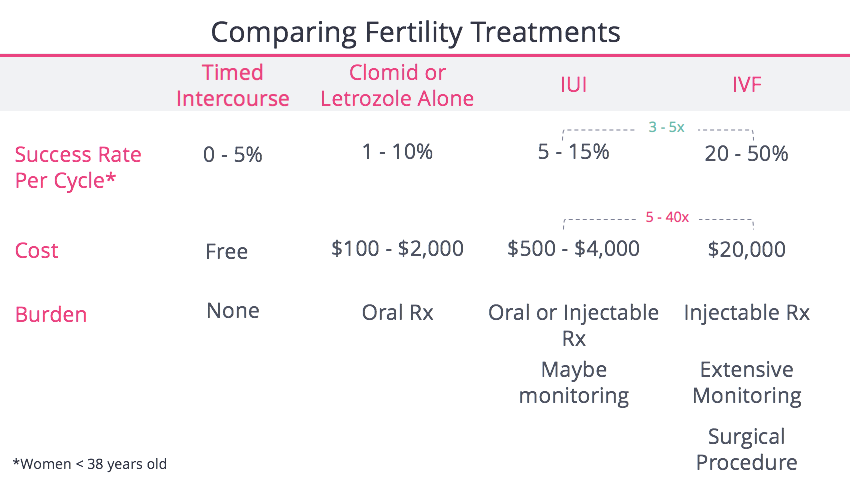
Hidden Costs You Might Not Expect
Most articles talk about the obvious stuff—cycle fees, meds, transfers. But there are sneaky costs that can catch you off guard. Let’s shine a light on three things you won’t find in every IVF breakdown.
1. Travel and Time Off Work
If the best clinic isn’t in your backyard, you might be driving hours or even flying. A round trip from Lubbock to Houston could cost $200 in gas or $300 for a flight, plus a night in a hotel. And what about work? IVF appointments—sometimes 5-10 in a cycle—mean taking time off. If you don’t have paid leave, that’s lost income.
2. Emotional Support Costs
Fertility journeys can be an emotional rollercoaster. Therapy or support groups aren’t always free. A session with a counselor might run $100-$150, and while it’s not “required,” it can make a huge difference. One study from the American Society for Reproductive Medicine found that 40% of IVF patients experience anxiety or depression—support isn’t a luxury, it’s a lifeline.
3. Storage Fees for Frozen Embryos
Got extra embryos? Freezing them costs $500-$1,000 upfront, then $300-$600 a year to store. It’s like renting a tiny apartment for your future kids! Most clinics don’t mention this until after your cycle, but it adds up if you’re planning more kids later.
How to Save Money on IVF in Texas
Paying for IVF doesn’t have to drain your bank account. There are smart ways to cut costs without cutting corners. Here are some ideas that go beyond the usual “get a loan” advice.
Shop Around (Yes, Really!)
Clinics aren’t all priced the same. Call around to compare base fees and what’s included. Some offer “mini-IVF” (lower-dose meds) for $5,000-$10,000, which could work if you’re younger or have mild issues. Conceive Fertility Center in Dallas, for example, advertises standard IVF under $10,000—worth a look!
Look for Discounts and Grants
- ✔️ Military Discounts: Clinics like Houston Fertility Center offer reduced rates for military, police, and firefighters.
- ✔️ Fertility Grants: The Fertility Foundation of Texas gives grants to Central Texas residents—up to $10,000 in some cases.
- ✔️ Multi-Cycle Packages: Bundl in Houston offers deals for 2-3 cycles at a discount, saving you if you need multiple tries.
Tax Breaks
Did you know IVF costs can be tax-deductible? If your medical expenses exceed 7.5% of your income, you can write off the rest. Talk to a tax pro—it’s a small win, but every dollar counts.
Mini Case Study: The DIY Approach
Jake and Maria from San Antonio saved $2,000 by using a mail-order pharmacy for meds instead of a local one. They also skipped PGT since they were both under 35 with no genetic concerns, dropping their total from $18,000 to $13,000. Smart moves, right?
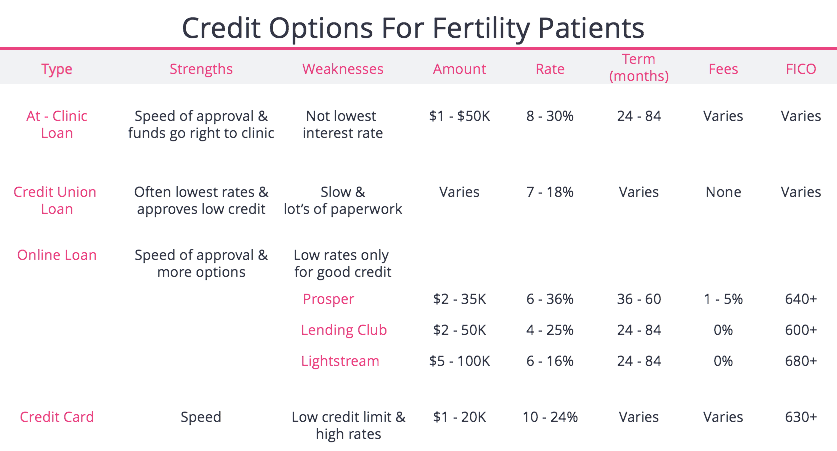
Interactive Quiz: What’s Your IVF Budget Style?
Let’s make this fun! Answer these quick questions to see how you might approach IVF costs. Jot down your answers and check the results below.
- How much are you willing to spend per cycle?
- A) Up to $10,000
- B) $10,000-$20,000
- C) Whatever it takes!
- Are you open to traveling for a cheaper clinic?
- A) Nope, staying local
- B) Maybe an hour or two
- C) I’ll go anywhere for a deal
- Would you try a lower-cost option like mini-IVF?
- A) Only if it’s my best shot
- B) Sure, if it saves money
- C) No, I want the full deal
Results:
- Mostly A’s: You’re budget-conscious. Look for local clinics with mini-IVF or grants.
- Mostly B’s: You’re flexible. Compare clinics statewide and snag discounts.
- Mostly C’s: You’re all-in. Focus on top clinics and financing plans.
What’d you get? It’s a starting point to match your style to your wallet!
Breaking Down the IVF Process and Costs Step-by-Step
Want to know where your money’s going? Here’s a step-by-step look at IVF and what each part costs in Texas. This isn’t just a list—it’s your roadmap.
Step 1: Initial Consultation ($250-$500)
You meet your doctor, get tests (bloodwork, ultrasounds), and make a plan. Some clinics roll this into the cycle fee, but many don’t.
Step 2: Ovarian Stimulation ($3,000-$10,000)
For 1-2 weeks, you take meds to grow multiple eggs. Costs vary wildly—low responders might pay less, high responders more.
Step 3: Egg Retrieval ($5,000-$7,000)
A quick surgery under anesthesia to collect eggs. This is usually in the base fee, but anesthesia might be extra ($500-$1,000).
Step 4: Fertilization and Embryo Growth (Included in Base)
Eggs meet sperm in the lab. If you need ICSI, add $800-$2,500.
Step 5: Embryo Transfer ($1,000-$2,000)
The embryo goes into your uterus. Often included, but a frozen transfer later costs $4,000-$5,000.
Step 6: Follow-Up (Varies)
Pregnancy tests and early monitoring might be $100-$300 unless covered.
Total it up, and you’re in that $10,000-$30,000 range. Seeing it broken down makes it less mysterious, doesn’t it?
What Affects Your IVF Success—and Your Costs?
Here’s something not everyone talks about: your success rate ties directly to your costs. The more cycles you need, the more you spend. So, what impacts success?
Age Matters
- Under 35: 40-50% success per cycle (fewer tries = lower total cost)
- 35-40: 30-40% success (might need 2-3 cycles)
- Over 40: 10-20% success (could mean $50,000+ over time)
A 2023 CDC report showed Texas clinics averaging a 35% live birth rate per cycle for women under 35. Older? You might lean on extras like PGT, which ups the bill but can cut down on failed attempts.
Lifestyle Tweaks
- ✔️ Quit smoking—boosts success by up to 20%, per a 2022 study.
- ✔️ Maintain a healthy weight—obesity can drop success by 10-15%.
- ❌ Skip the stress—easier said than done, but it helps.
Clinic Quality
Top clinics like Texas Fertility Center in Austin boast higher success rates (sometimes 50%+), but they might charge $16,000-$20,000 per cycle. Worth it if it saves you an extra round!
Donor Eggs, Sperm, or Surrogacy: The Next-Level Costs
Sometimes IVF needs a little extra help. Using donor eggs, sperm, or a surrogate isn’t cheap, but it’s a game-changer for many. Here’s what to expect in Texas.
Donor Eggs ($20,000-$60,000)
Fresh eggs from a donor can cost $35,000-$60,000, including agency fees and donor compensation. Frozen eggs are cheaper—around $20,000-$30,000. Why so pricey? Donors get paid, and the process doubles the lab work.
Donor Sperm ($1,000-$1,500 per vial)
Pretty straightforward. You might need 1-2 vials per cycle. Texas has plenty of sperm banks, so availability isn’t an issue.
Surrogacy ($100,000-$150,000)
This is the big one. In Texas, surrogacy includes IVF costs, surrogate compensation ($30,000-$50,000), legal fees ($5,000-$10,000), and more. It’s legal here, but the price reflects the complexity.
Real talk: A couple in Houston spent $120,000 on surrogacy after multiple failed IVF attempts. Their surrogate delivered twins—double the joy, but a massive investment.
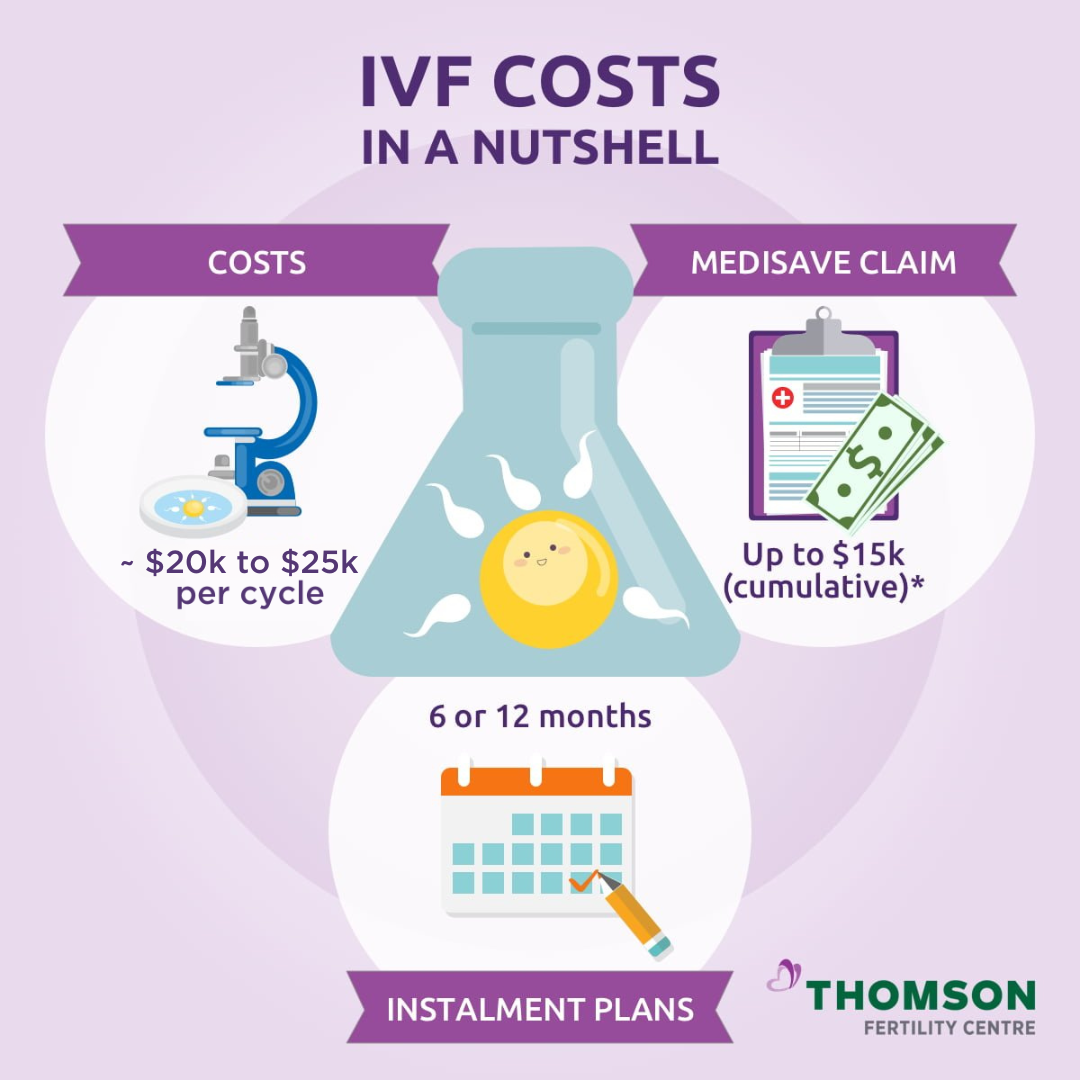
Financing IVF: Making It Work in Texas
Let’s face it—most of us don’t have $15,000 lying around. Luckily, there are ways to spread out the cost. Here’s how Texans are making IVF happen.
Loans and Payment Plans
- CapexMD: Offers fertility-specific loans with competitive rates.
- Future Family: 0% APR plans for some—monthly payments as low as $300.
- Clinic Plans: Many Texas clinics let you pay in installments—ask upfront!
Savings Hacks
- Sell unused stuff (that old bike collecting dust?).
- Cut back on takeout for a few months—$50 here, $50 there adds up.
Crowdfunding
Sites like GoFundMe are popular. One Texas mom raised $8,000 from friends and family to cover her second cycle. It’s not for everyone, but it’s an option.
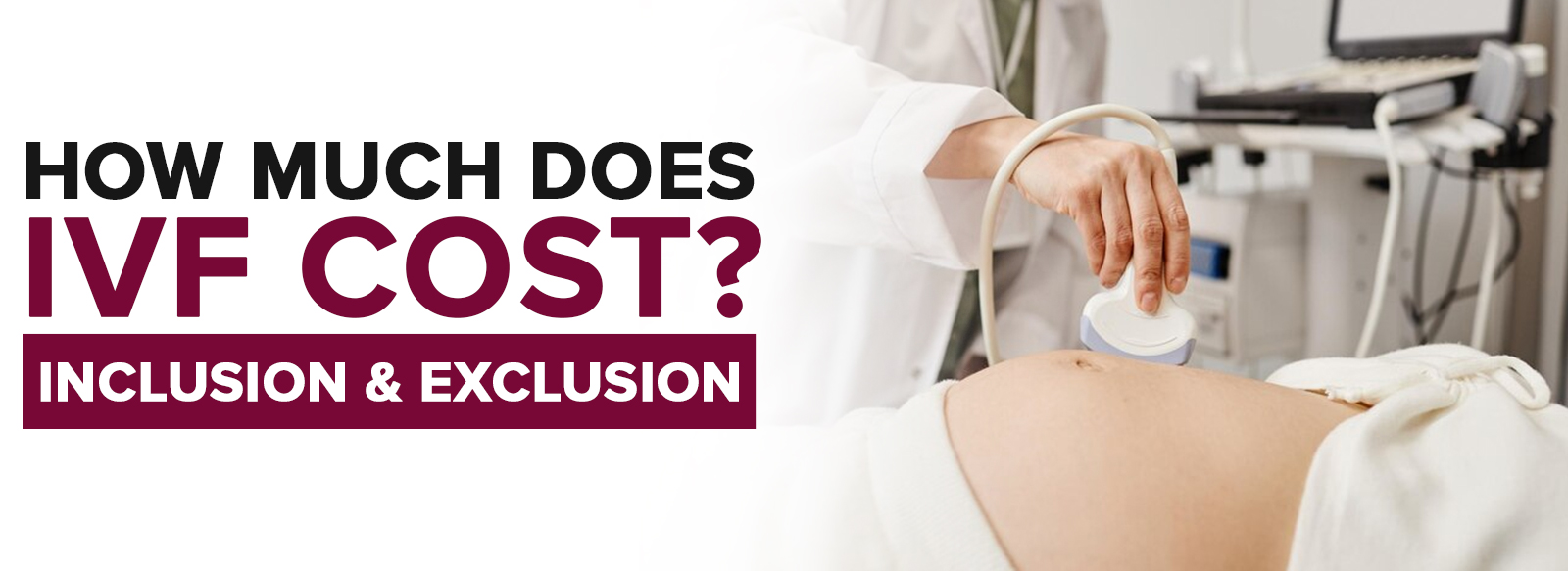
Poll: What’s Your Biggest IVF Worry?
I’m curious—what’s on your mind? Pick one and let me know in your head (or share with a friend!).
- A) The cost—it’s so much!
- B) Will it work the first time?
- C) How do I pick the right clinic?
- D) Other (what’s yours?)
No pressure, just a little check-in. Most folks I talk to say A or B—sound familiar?
Three Things No One Tells You About IVF Costs in Texas
Alright, time for some insider scoops. These are the details I dug up that most articles skip—stuff that could save you money or stress.
1. Rural Clinics Can Be Cheaper—and Just as Good
Big-city clinics get all the hype, but places like Conceive Fertility Center in smaller towns offer IVF for under $10,000. A 2024 study from Fertility and Sterility found no major success rate difference between urban and rural clinics in Texas. You might drive farther, but your wallet will thank you.
2. Medication Costs Vary by Pharmacy
Not all pharmacies charge the same. Mail-order options like Freedom Fertility can save you 20-30% compared to local chains. One patient I heard about slashed her med bill from $5,000 to $3,500 just by shopping around.
3. Failed Cycles Don’t Always Mean Starting Over
If your first cycle flops, some clinics offer “shared risk” programs. Pay upfront (say, $20,000), and if you don’t get pregnant after 2-3 tries, you get a refund. Precision IVF at Fertility Center of San Antonio does this—it’s a safety net worth asking about.
IVF Success Stories: What It Really Costs in Texas
Let’s meet a few Texans who’ve been there. These stories show how costs and outcomes tie together.
Emily, 29, Austin
- Cost: $16,000 (1 cycle, PGT included)
- Story: Emily and her partner used insurance for half the bill. One cycle worked—baby girl born in 2024.
- Tip: “Negotiate with your clinic. We got $500 off just by asking.”
Carlos, 38, El Paso
- Cost: $45,000 (3 cycles, donor eggs)
- Story: After two failed tries, they switched to donor eggs. Third time was the charm—twin boys!
- Tip: “Save for multiple rounds. We didn’t expect to need three.”
Priya, 42, Houston
- Cost: $130,000 (surrogacy)
- Story: Age made surrogacy their best shot. It took one cycle, but the price was steep.
- Tip: “Start a savings plan early. It’s a marathon, not a sprint.”
These folks prove there’s no one-size-fits-all price—or path.
The Future of IVF Costs in Texas: What’s Coming?
IVF isn’t static—costs and options are shifting. Here’s what might affect your bill in the next few years.
New Tech, New Prices
INVOcell, a lower-cost IVF method, uses your body as an incubator instead of a lab. It’s $5,000-$9,400 at places like Houston Fertility Center. Studies from 2023 show success rates close to traditional IVF for some patients. Could this cut your costs in half?
Legal Changes
Texas lawmakers proposed bills in 2024 to protect IVF access after national debates. If they pass, more insurance plans might cover it, dropping your out-of-pocket share.
My Quick Math
If INVOcell catches on and insurance expands, a $15,000 cycle could dip to $8,000-$10,000 by 2027. That’s not a promise—just a hopeful guess based on trends!
Your Next Steps: Planning for IVF in Texas
Ready to take the plunge? Here’s a game plan to get started without losing your mind—or your savings.
Step 1: Research Clinics
Call 3-5 in your area. Ask:
- What’s your base fee?
- What’s included?
- Any discounts or packages?
Step 2: Check Insurance
Dig into your policy. Look for “infertility treatment” or call your provider. Even partial coverage helps.
Step 3: Budget Smart
- Set aside $15,000-$20,000 for one cycle.
- Build a cushion for meds and extras.
- Explore financing early.
Step 4: Talk to Someone Who’s Done It
Join a Texas IVF Facebook group or ask a friend. Real stories beat Google every time.
Final Thoughts: Is IVF Worth It in Texas?
So, how much does IVF cost in Texas? It’s $10,000-$30,000 per cycle, give or take, with extras that can push it higher. But it’s more than numbers—it’s about what you’re willing to invest in your dream of a family. Texas offers options—insurance perks, rural deals, new tech—that make it doable if you plan ahead.
Think of it like planting a garden. It takes time, money, and a little faith, but when it blooms, it’s everything. Whether you’re just curious or ready to start, you’ve got the tools now. What’s your next move?


